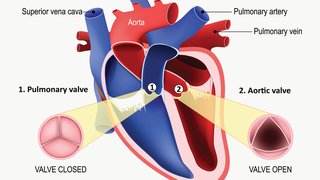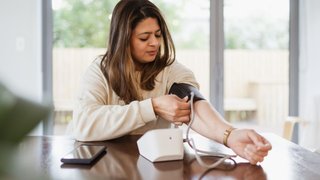Is it possible to regenerate injured heart muscles and thereby cure patients with heart failure? It may be, according to a recent UT Southwestern study, which indicates that prolonged use of a left ventricular assist device (LVAD) by patients with heart failure may induce heart-muscle regeneration.
LVADs are mechanical pumps that are sometimes implanted in patients who are awaiting heart transplants. LVADs substitute for the damaged heart by pumping blood throughout the body.
“We found that patients with mechanical assist devices have the ability to make their muscle cells divide,” says Hesham Sadek, M.D., Ph.D., Assistant Professor of Internal Medicine and the study’s senior author. “The obvious question now is, ‘Are these hearts regenerating? Could LVADs be used as a cure for heart failure?’”
This latest study builds on earlier work from the Sadek laboratory demonstrating that newborn mammalian hearts are capable of a strong regenerative response to injury by activating cell division. The earlier studies showed that the ability to respond to injury is lost due to changes in circulation that occur after birth. These changes lead to a more oxygenated environment in the heart, ultimately causing damage to the cellular machinery that controls heart-muscle regeneration.
In the current study, UTSW investigators reasoned that, by assisting the damaged heart, LVADs would alleviate damage that occurs within the heart-muscle cells.
“Putting in a mechanical pump rests the heart and apparently sends a signal to make new heart cells,” says Pradeep Mammen, M.D., Associate Professor of Internal Medicine, co-senior author of the study, and a member of the Heart Failure, VAD, and Cardiac Transplantation Program. “This is the first time this phenomenon has been shown to occur in human heart failure.”
Drs. Sadek and Mammen are currently designing new clinical trials to examine the regenerative potential of mechanical assist devices in heart failure patients.










